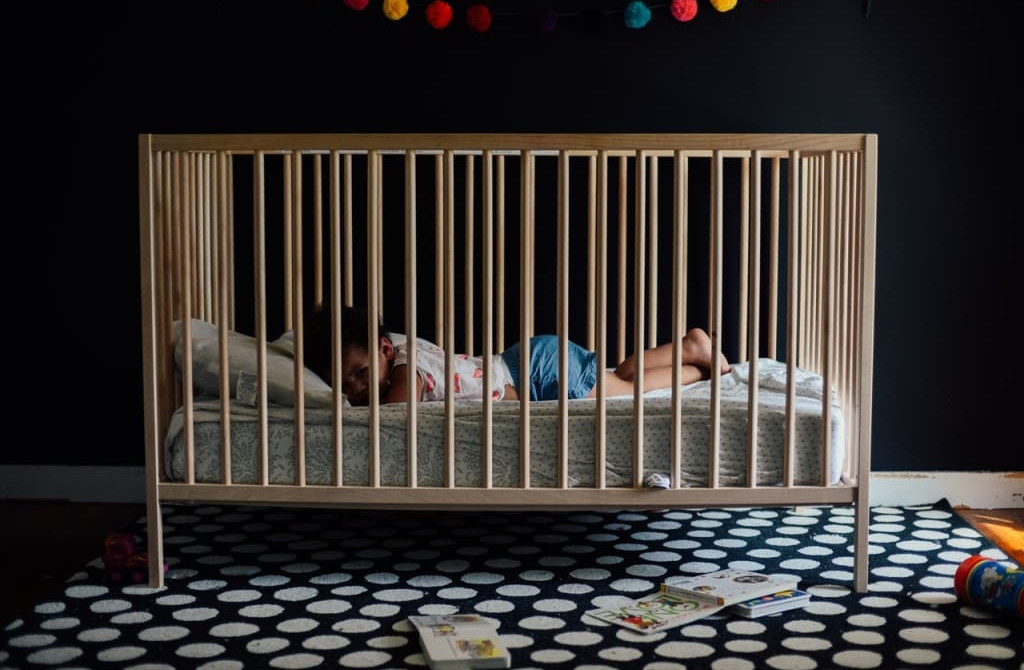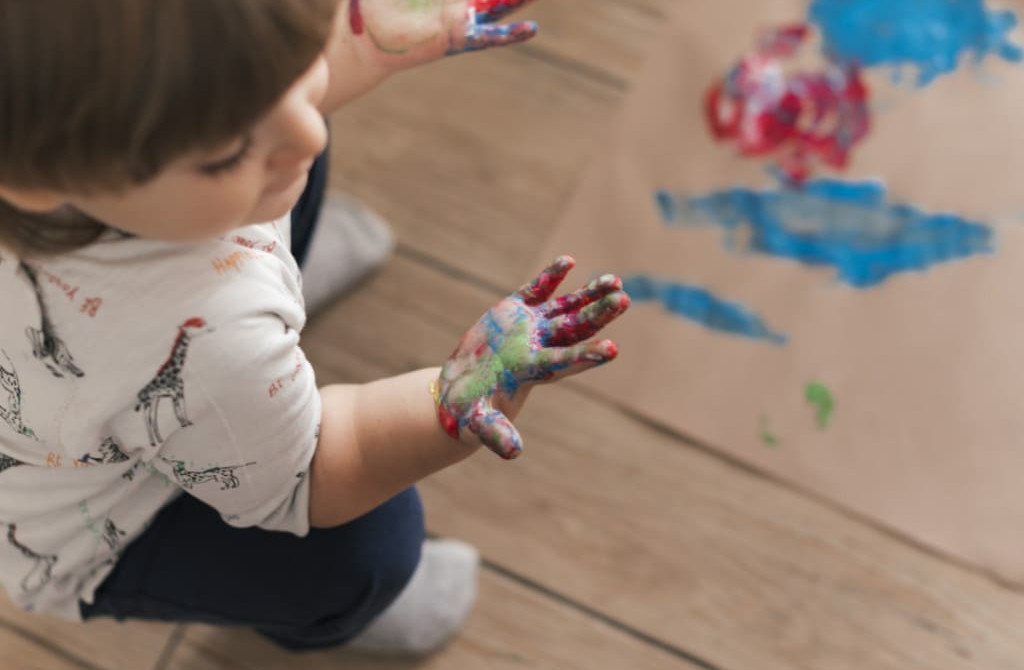As a new parent you quickly learn that while babies do spend a fair amount of time sleeping, they also wake up often. For a period of time during the early weeks they might sleep all day and be awake all night. They go through sleep regressions in their first year. And during growth spurts your baby might wake up more often in the nights than usual for feeds. All this will make you wonder who came up with the phrase, ‘Sleep like a baby’?
Did you know sleeping is a developmental milestone? Like how your baby learns to roll over, or walk, or is ready to be toilet trained, in time they sleep through the night as well. Some babies may learn to do this earlier than others, but that’s nothing to worry about.
But no matter where your baby is in the whole sleeping through the night development, try to set a bedtime routine from day 1. Babies thrive on routine and it will soon become a habit they find comfort in.
Here’s how to go about setting a bedtime routine:
- Keep the baby’s room cool and dark and comfortable during bedtime.
- Give baby a bath and massage pre-bedtime to relax them.
- Make sure your baby has a feed before bedtime.
- You could even read a book to your little one before settling them in for the night.
Even with all this your baby might still wake up multiple times in the night and that’s okay. But try to stick to the routine so that in time they develop good sleep habits.
Naps matter!
Babies nap a lot. As they grow older they will drop naps, and once they reach the age of 3 they might only be on one nap a day or no naps at all. You might think by reducing the number or duration of naps, your little one will sleep better and longer in the nights. This is not true!
Your baby needs sleep to grow and develop, so naptime routine is as important as bedtime routine. A baby that naps enough will sleep better at night. So make sure naptime isn’t interrupted or missed.
Toddler bedtime routine
By the age of 2.5 years your child will be sleeping through the night but this is also the time they start play school, which can throw their sleep routine off a bit. They might drop their afternoon nap or be more exhausted by the end of the day due to all the physical and mental exertion at school and other activities.
At this stage, more than ever, it is important your child goes to bed on time and gets a good night’s rest. After dinner and some play time watch your child for sleep cues and accordingly set bedtime. Let the time before bed be a calm one, this means no television at least half hour before, no sugary treats and no over stimulating activities.
Have them brush their teeth, drink water and use the loo before settling in for the night. Read them a story before bed, and turn on a nightlight if needed and allow your toddler to fall asleep by themselves.
As a parent of a toddler, stick to a routine and keep things simple. Set healthy bedtime habits so that your little one gets all the rest they need and are recharged for a new day.
Whether you are a new parent struggling with sleep deprivation thanks to a baby who wakes up often, or the parent of a toddler who is fighting bedtime, there’s a parenting mantra, ‘this too shall pass’. So, hang in there! When a baby wakes up often there’s usually a reason (anything from teething or reaching a developmental milestone). Keep to a routine and know that all kids eventually do learn to sleep through the night. I promise you!





